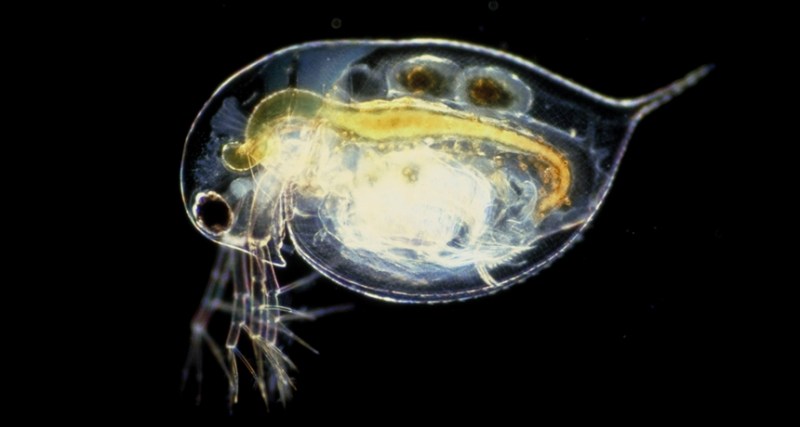Educator Guide: Rising Carbon Dioxide Threatens Lake Food Webs

SPIKES OUT Tiny lake dwellers known as water fleas (Daphnia pulex shown) raise spikey defenses when sensing predators nearby. But high levels of carbon dioxide in lake waters may dull their senses, leaving the critters open to attack.
PAUL HEBERT (CC BY 2.5)
About this guide
The article “Rising CO2 threatens lake food webs” describes how carbon dioxide levels have increased in four German freshwater reservoirs, and how such increases can adversely affect the behavior of reservoir-dwelling organisms such as two species of Daphnia water fleas. Students can focus on information and graphs reported in the article, follow connections to earlier articles about the effects of rising CO2 levels on aquatic organisms and pursue cross-curricular connections in chemistry, biology and engineering. In a related activity, students can conduct their own experiments with Daphnia. For more on ocean acidification, check out the Rebuilding Reefs guide.